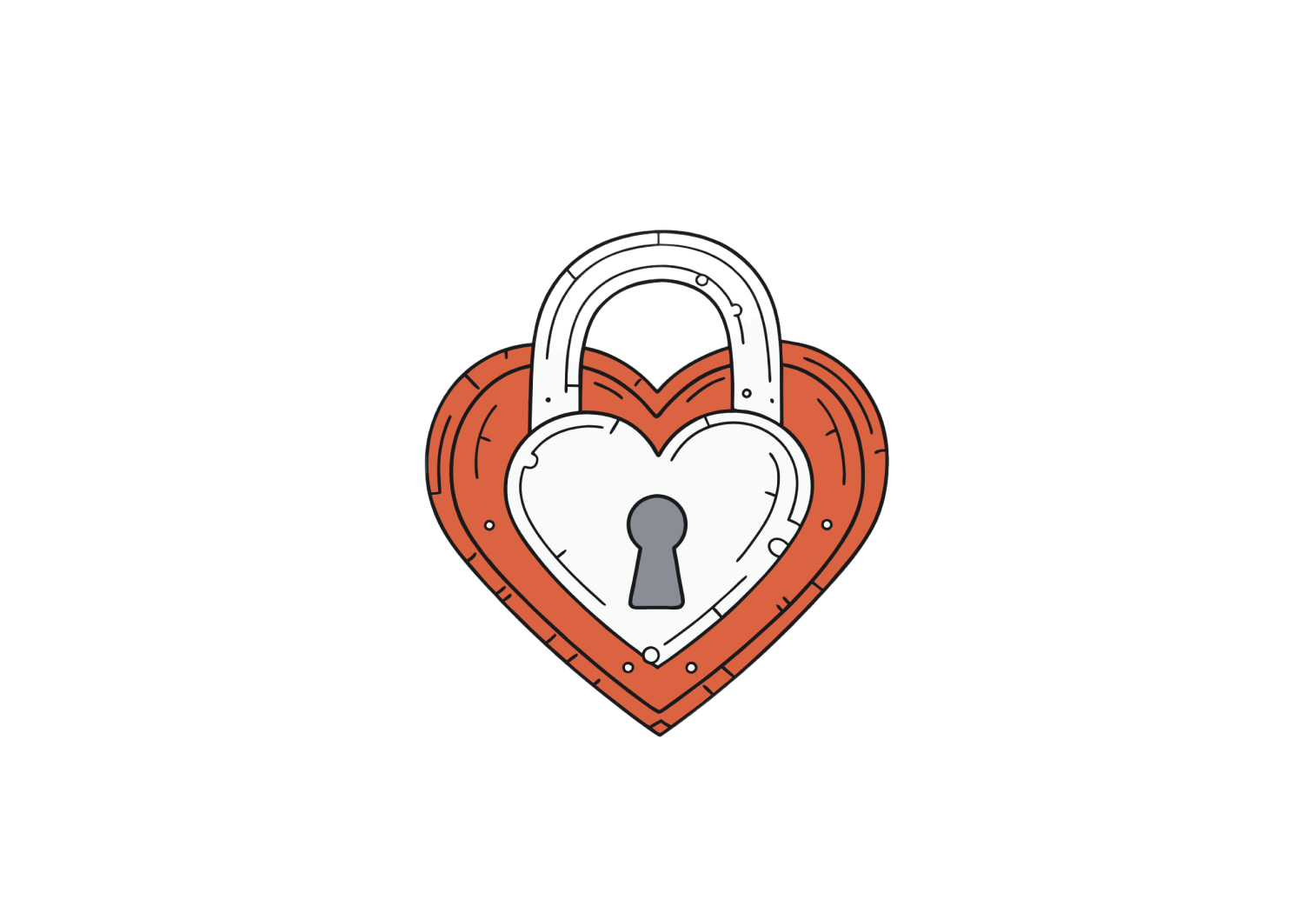In this article
Microsoft’s impressive note-taking app is useful for a lot more than just jotting down your good ideas.
It’s easy to overlook OneNote among Microsoft’s extensive Office suite of productivity tools, but it’s certainly worth taking the time to see how it might fit into your workflow and make your life easier. It’s often the best tool for the job – whether you’re taking notes in a planning meeting, organising project documentation at your desk or capturing customer information when you’re on the road.
What is OneNote?
OneNote is tightly integrated with the cloud and also offers excellent cross-platform support between computers, smartphones and tablets – letting you easily jump between devices during the day while always having the latest information at your fingertips. It’s flexible enough to meet your needs on any platform but is especially powerful on touchscreen devices that support a stylus such as Microsoft’s Surface Pro tablets. You’ve got the choice of using the keyboard, taking advantage of handwriting recognition and making audio recordings, plus you can insert images into your notes.
You can quickly call upon a range of Note templates to ensure you’ve always got the optimum format for any occasion. OneNote lets you create a new notebook for each project or client, with subsections for keeping things organised, but your notes are fully indexed so it’s always easy to find what you’re looking for.
Intelligent integration
Tight integration with Microsoft Office and Office 365 cloud services makes it easy to link OneNote to your calendar appointments and other key information, plus you can send information directly to OneNote from Office applications and the clipboard. Its collaboration tools are the icing on the cake, making it easy to share meeting and project notes with your team to ensure everyone is on the same page.
When it’s time to get things done, OneNote makes for the perfect productivity companion to get you through a busy day.



